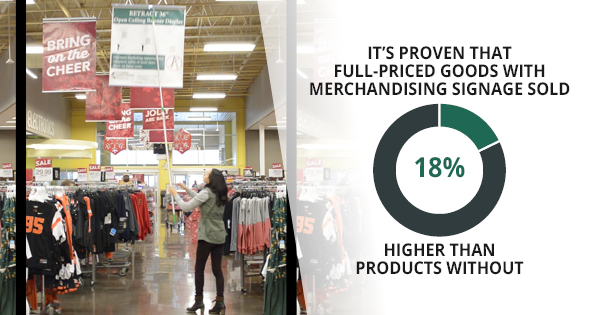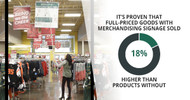A Guide To Understanding Proper Library Sign Design (Part 1)
November 7, 2017, 3:20 am

In a public area such as a library, proper sign placement is essential. Not to be confused with custom retail displays, which are intended to increase sales and visibility of products or services, proper library signage is more about communicating and engaging with your patrons.
So how do you effectively communicate important library information to your visitors without overwhelming them in the process? Here's part one of our guide about proper library signage and placement to help you maximize the impact of signs in your library.
Color
There are countless creative retail display ideas that emphasize color as an eye-catching quality. You can take this element and translate it to your library's audience by properly coloring both the font and background of any given sign placed on a bookshelf, wall, or stand. For example, when choosing proper signage for organizing books by genre, opting for picture display stands with colored images to represent each genre helps visitors become familiar with the layout in addition to providing a visually creative piece of art.
Shoppers make 82% of their purchase decisions in the store, and the same mentality applies to book lovers in a library. Taking the time to customize each sign related to book genres can work wonders in boosting patronage and engagement. That being said, don't go overboard with colors! With the exception of photo graphics, your visual displays should stick to two to three main colors.
Font
When deciding on fonts for your library's signs, it can be tempting to keep them all consistent. However, consistent can easily turn into boring if not supplemented by the proper design elements. Avoid making this mistake by choosing a simple and legible font for each sign. Grouping signs into categories and using the same fonts for each category is perfectly acceptable, but visitors can easily become bored or even confused if the library signage is either too consistent or too random. And of course, avoid hard-to-read fonts at absolutely all costs. Visitors bring their reading glasses to libraries to read books -- not signs.
Message
Finally, once you've chosen the font and color of any given library sign, it's important to remember to keep its message short and simple. In most cases, there's no need to even write full sentences. Short, succinct phrases translate best and are most readable to passing visitors.
Ultimately, these are just a few elementary elements of proper library signage. Keep an eye out for the next post, where we'll discuss some of the more essential placement tips for optimizing the effect of your library's signs on visitors, and for more information about
custom retail displays, contact The Global Display Solution.

